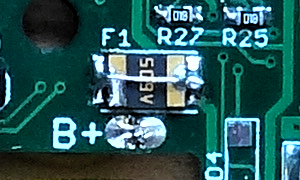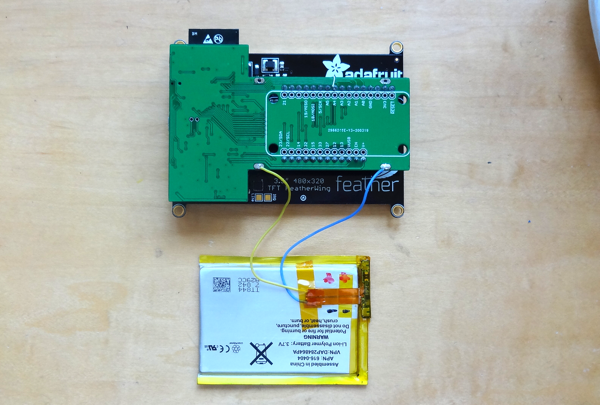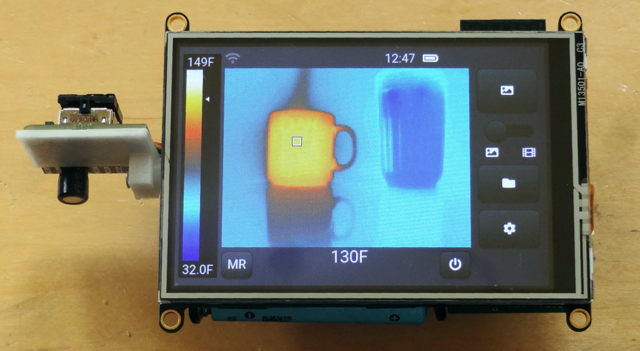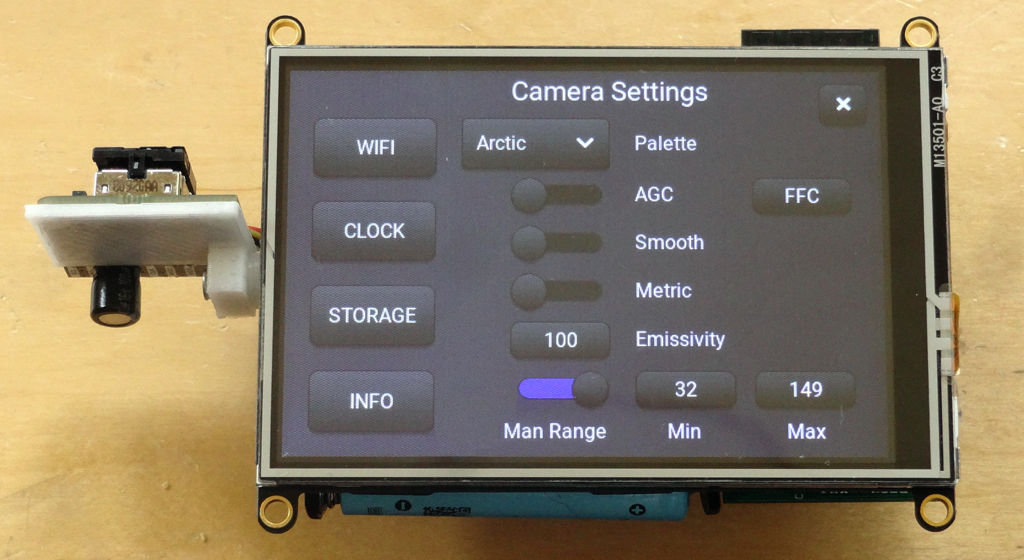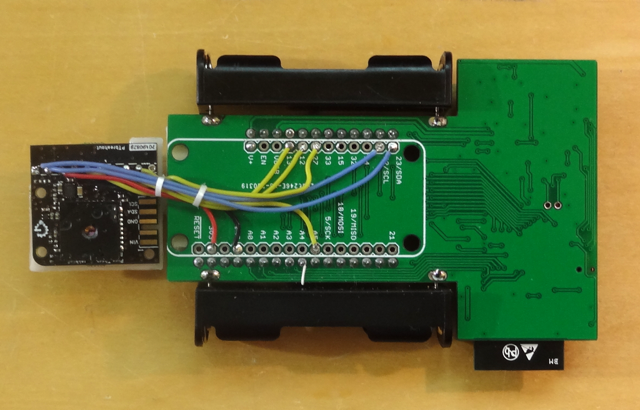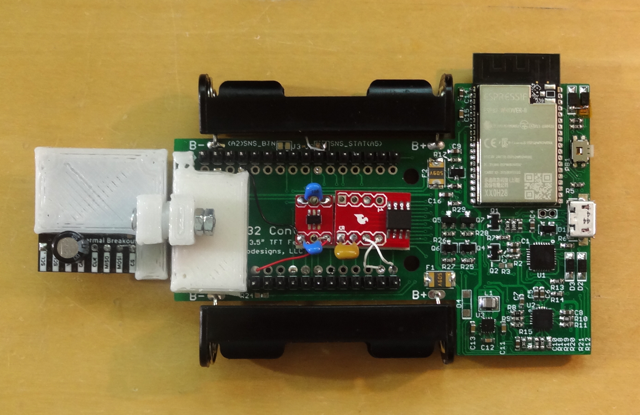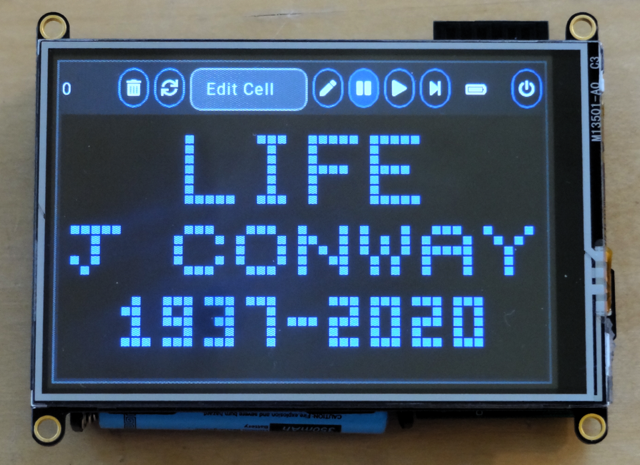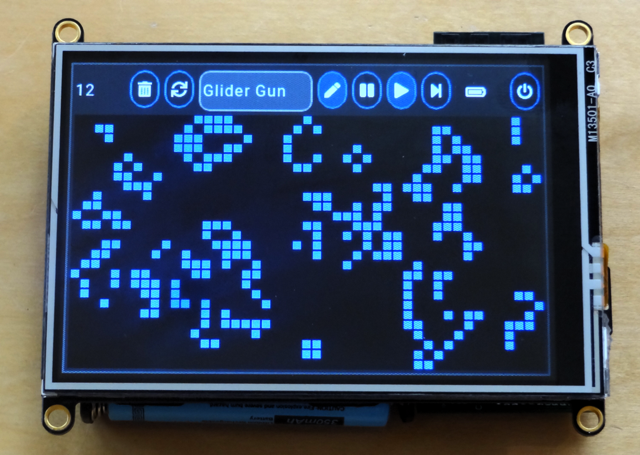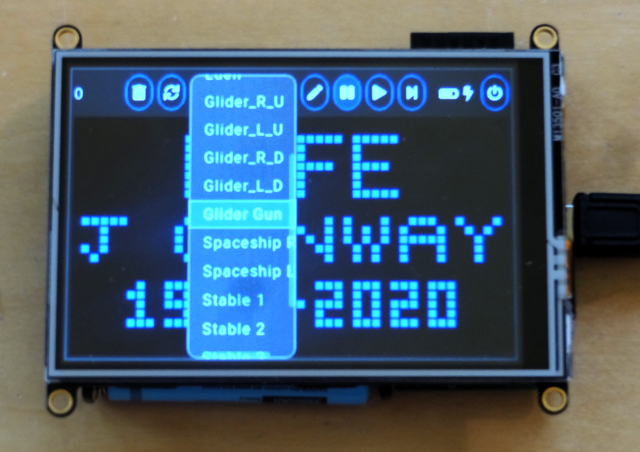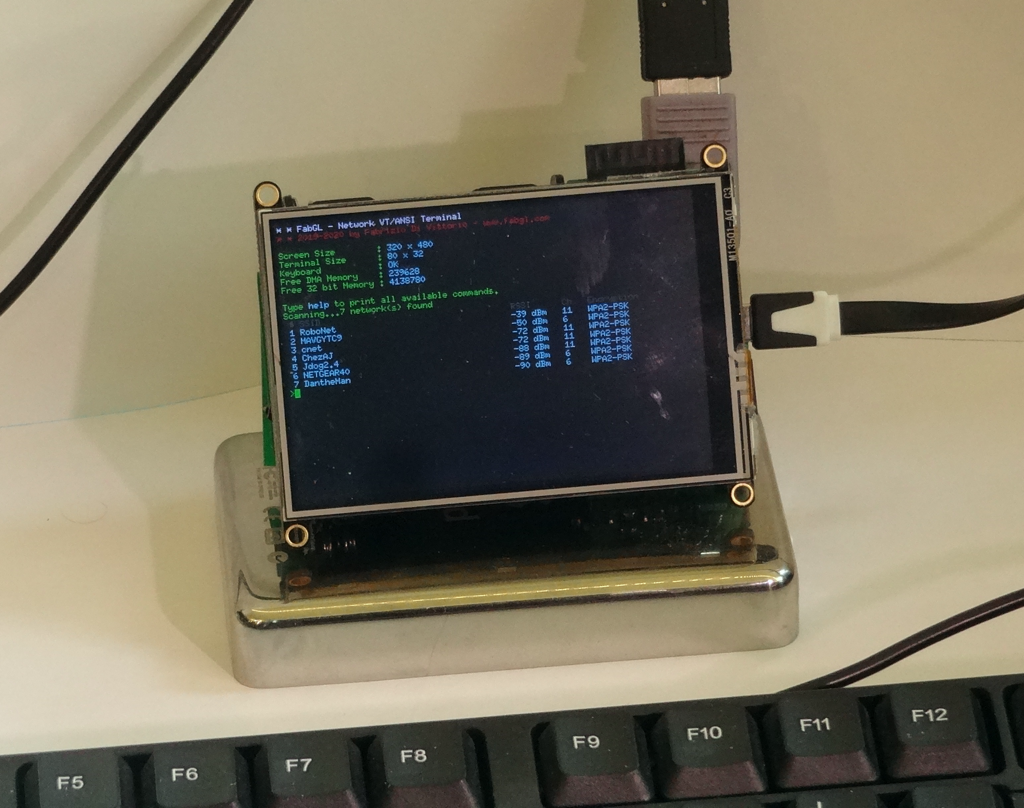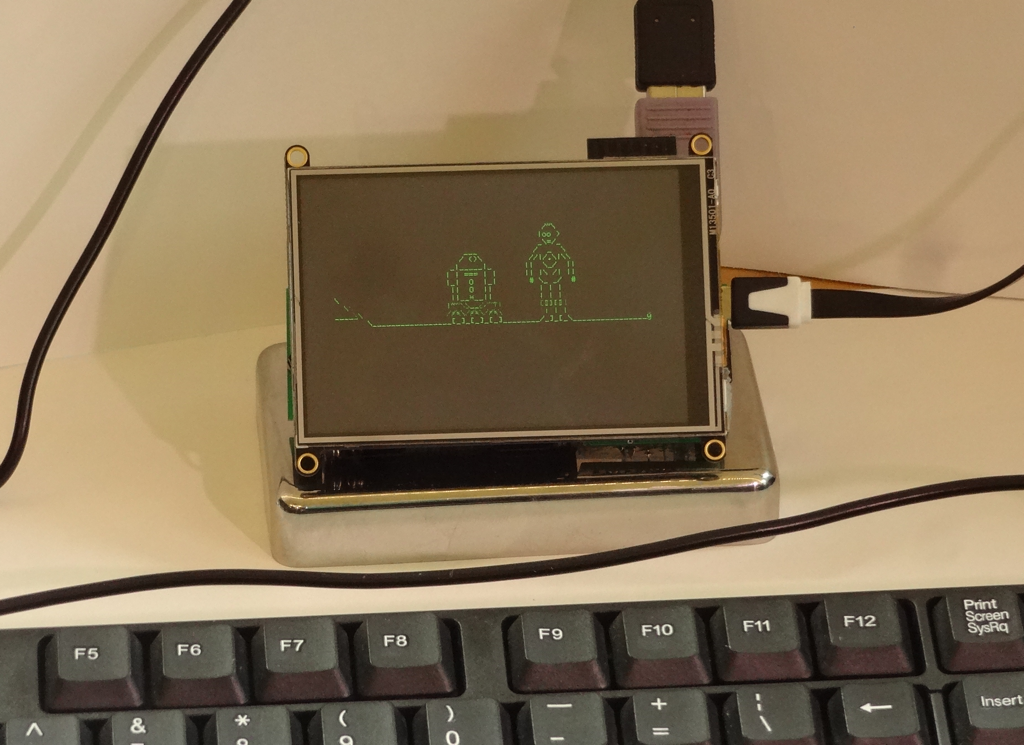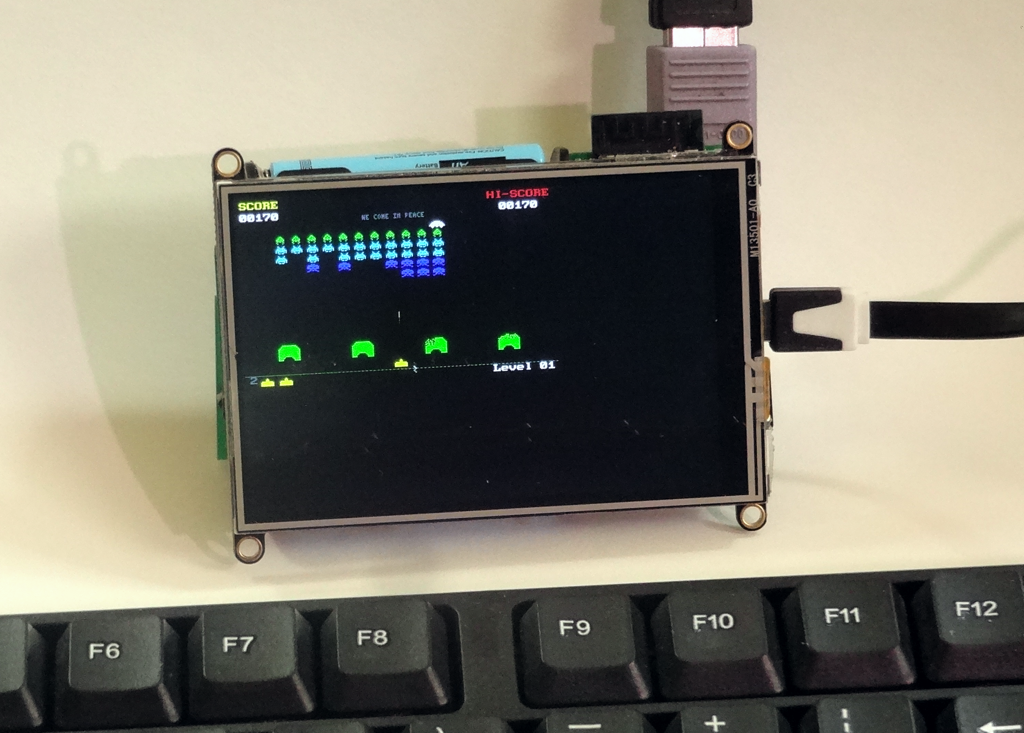-
Battery Balancing - a mixed bag
05/23/2020 at 18:55 • 0 commentsI built two gCore prototypes and now have a few weeks experience with them. The dual battery system seems to be working fine on one unit. The batteries remain at the same balanced charge level for long periods of time when the device is off. On the other unit the batteries would discharge over a few day period.
Experimenting
I did some experiments with the failing unit to see if I could understand what was going on. Unfortunately the results were inconclusive.
Charging until the charger terminated the charge cycle would result in both batteries being charged to within 10 mV of each other. Based on my original internet research (yeah, I know, don't believe everything you read on the internet, even if it sounds good...) this should be sufficient for a pair of balanced batteries.
I attached voltmeters to both batteries and put an ammeter in series with one battery with gCore turned off. I saw a small current flowing between the batteries, usually between 1 and 3 mA. At first I thought that this was just the batteries finding equilibrium and that it should stop after while. But it didn't. And the battery voltages ran down over a few days.
I then shorted both PTCs so the batteries were directly in series and repeated the experiment. Same results.
One battery always had a slightly higher voltage, even as they discharged together, and there was always a small current flowing between them.
I can understand the battery with the lower voltage drawing some current from the battery with the higher voltage but I don't understand why its voltage declined over time as well.
I'm pretty sure there were no other current draws on the board. I verified this by removing one battery and verifying the current draw was essentially zero.
The batteries I used include their own protection circuitry. I don't know if that somehow interferes with the balancing. The other gCore prototype hasn't shown this problem and when I measure the current between batteries while gCore is off I only see ~20-30 uA.
So I would say my attempt to use the ICR10440 batteries in parallel to maximize use of the space was not a success, although it does seem to work some of the time.
Back to a single battery
It's easy to use a single battery with gCore. Remove (or don't install) the AAA battery holders and connect it to one set of terminals. Jumper that set of terminals PTC.
![]()
I attached an old iPod Touch battery with 3M double sticky foam tape and gCore works fine. Best probably to use a 3.7v LiPo or Li-Ion battery with between 600-2500 mA capacity to match the charge current.
![]()
-
Why I really made gCore
05/09/2020 at 19:43 • 0 commentsI have been experimenting with the Flir Lepton 3.5 radiometric thermal imaging camera module for a couple of years now (documented here) with the end goal of making my own useful camera. The Lepton 3.5 has a moderately intense interface and requires a fair bit of capability in the micro reading image data from it. I had great success using the PRU co-processors in the Beaglebone family of linux SBCs but ultimately decided that the boot time of linux was too slow for a device I just wanted to power on and use immediately. I found that ESP32 was capable enough and set about designing a board around it to use in a camera. Along the way I figured that the board could also be used for other things and finally settled on the gCore design.
![]()
Finally, after writing the support code and documenting gCore I've had a chance to actually work on the camera. At the moment the camera functions are complete. I plan to add the ability to record images and videos and have a wifi-based interface for external control and viewing of the camera. Files will have json content including the raw radiometric data and telemetry from the camera. This allows me to generate images or perform thermal analysis on the image(s).
![]()
The Lepton can be rotated through a 90° angle using a couple of 3D printed mounts. The camera also includes a Maxim/Dallas DS3232 RTC powered by the main LiPo batteries with its own ultra-low quiescent current LDO. This chip also has 236 bytes of RAM used to store camera settings and parameters.
![]()
![]()
-
Life - a tribute
04/23/2020 at 02:46 • 0 commentsTo make this project more accessible to other people I put together some drivers and support code so gCore could more easily work with good graphics libraries like LittlevGL and FabGL as well as be programmable in the ESP32 Arduino environment. Mostly that involved adding device drivers and the power management module to ports of existing demos. My ESP32 work uses the ESP IDF directly and I also wanted to provide a demo for it that was more than just a port since I think it provides the best way to make sophisticated applications for the ESP32. For days I couldn't really think of something interesting but reasonably easy to implement. Then I read about the passing of mathematician John Conway from complications to the coronavirus. I hadn't really thought about his Game of Life program in a long time but I remember programming it in my youth. I realized it would be a great demo and a small tribute to a man who made a difference. The code is in the github and could be ported fairly easily to other ESP32/TFT displays as well.
![]()
![]()
It even has some famous built-in cell combinations.
![]()
-
Project uploaded to github
04/21/2020 at 22:08 • 0 commentsThe hardware design and software support for Arduino, FabGL and native LittlevGL development has been uploaded to a github repository.
-
Taking advantage of great GUI libraries
04/05/2020 at 22:39 • 0 commentsI am a huge fan of Gábor Kiss-Vámosi's LittlevGL graphics library and, recently, also of Fabrizio Di Vittorio's FabGL for the ESP32. Check them out if you haven't already. I have them both running on gCore and will include examples in the github repository. Currently I plan to release 3 pieces of software for use with gCore.
- Arduino power control library - Control power with the ability to power-down from a long-push of the power button, low-battery condition or under control of code. Monitor battery voltage and charge status.
- Code to add display and touchscreen driver for LittlevGL in the arduino environment. This is in addition to and based on my work supporting the Adafruit display directly in the ESP IDF environment.
- Display driver for FabGL.
Currently I have LittlevGL running on the port in the ESP IDF environment and a FabGL driver running in the arduino environment. The power control library and Arduino LittlevGL module remain vapor-ware at the moment (I just set the HOLD signal high in my current test code and then press the RESET button to power down).
Here are a few teasers of FabGL demos ported over.
![]()
The terminal code functions perfectly. The network terminal lets you log into a telnet server via WiFi.
![]()
That lets you stream Star Wars - ASCII style from towel.blinkenlights.nl.
![]()
Graphics also works but the Space Invaders demo has a bunch of hard-wired code for a lower resolution VGA display and doesn't yet work properly.
[OLD] gCore - For GUI-based gadgets
An ESP32-based controller board for the Adafruit 3.5" LCD featherwing display designed to serve as the base of portable gadgets.
 Dan Julio
Dan Julio